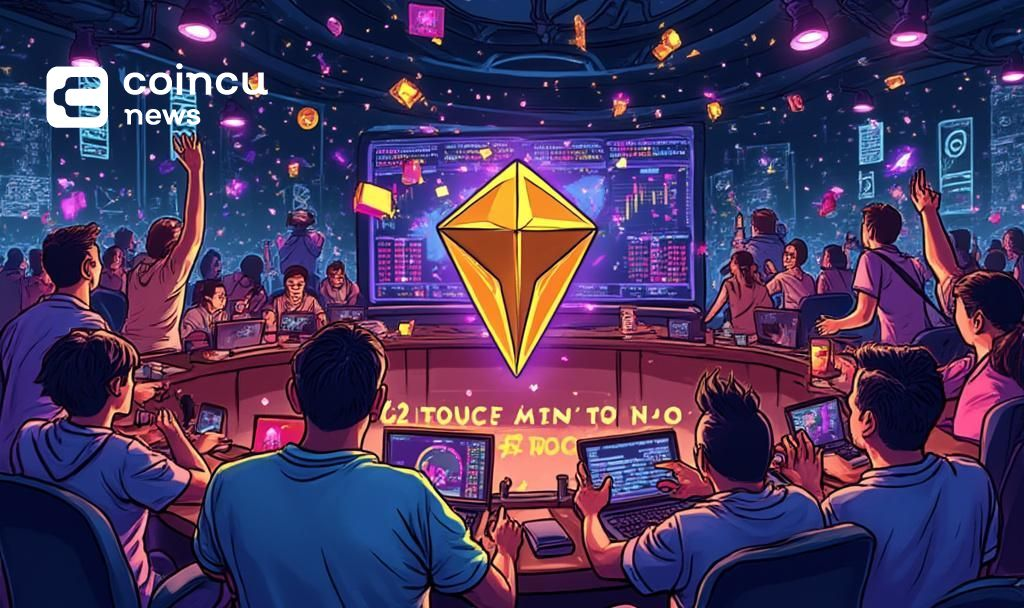$119303.284
At CoinCu News, we give both basic and in-depth articles on the latest news in the cryptocurrency and blockchain sectors.
Author
News
BlackRock Moves to Add Staking to iShares Ethereum Trust ETF via Nasdaq Filing
BlackRock aims to include staking in its ETHA Ethereum ETF through an amended Nasdaq 19b-4
Jul
Binance Extends Its Offerings with Caldera (ERA) Listing
Binance expands its services by listing Caldera (ERA) for trading and futures with up to
Jul
Binance Launches Caldera (ERA) and High-Leverage Contracts
Binance lists Caldera (ERA) with new trading pairs and high-leverage contracts, impacting market activity.
Jul
Binance Launches TRON Trading Competition With Token Rewards
Binance hosts TRON trading competition on Binance Alpha, offering exclusive token rewards to top traders.
Jul
Bit Origin Announces $500M Dogecoin Treasury Initiative
Bit Origin Ltd plans a $500M Dogecoin treasury, impacting crypto markets and funding strategies.
Jul
ChainCatcher Announces Key Partnerships and Market Strategies
ChainCatcher partners with Alibaba Cloud, launches SOPH trading, impacting ETH market.
Jul
Australia Targets Crypto in New Anti-Money Laundering Reforms
Australia's AUSTRAC lists cryptocurrency as main threat in AML crackdown, focusing on digital currencies.
Jul
U.S. House Progresses Key Crypto Legislation After Vote
U.S. House advances major crypto bills, impacting stablecoins and digital asset regulations.
Jul
Thailand Launches Nationwide Crypto Sandbox for Foreign Tourists
Thailand introduces a regulatory crypto sandbox enabling tourists to convert digital assets into baht, aiming
Jul
[tptn_list how_old="7" limit="5" title_length="0" heading="0" show_date="0" ]
[tptn_list how_old="30" limit="5" title_length="0" heading="0" show_date="0" ]





















